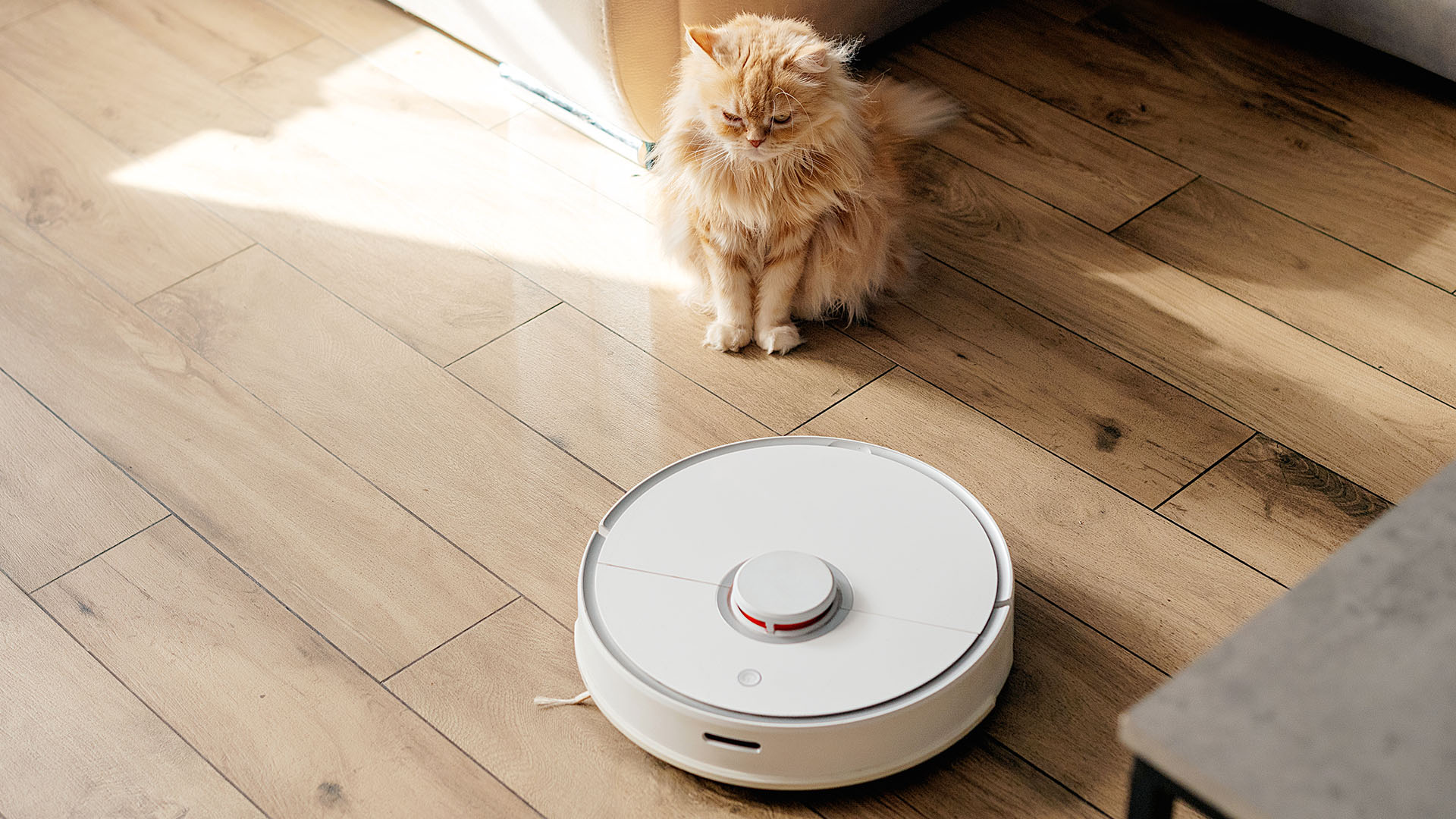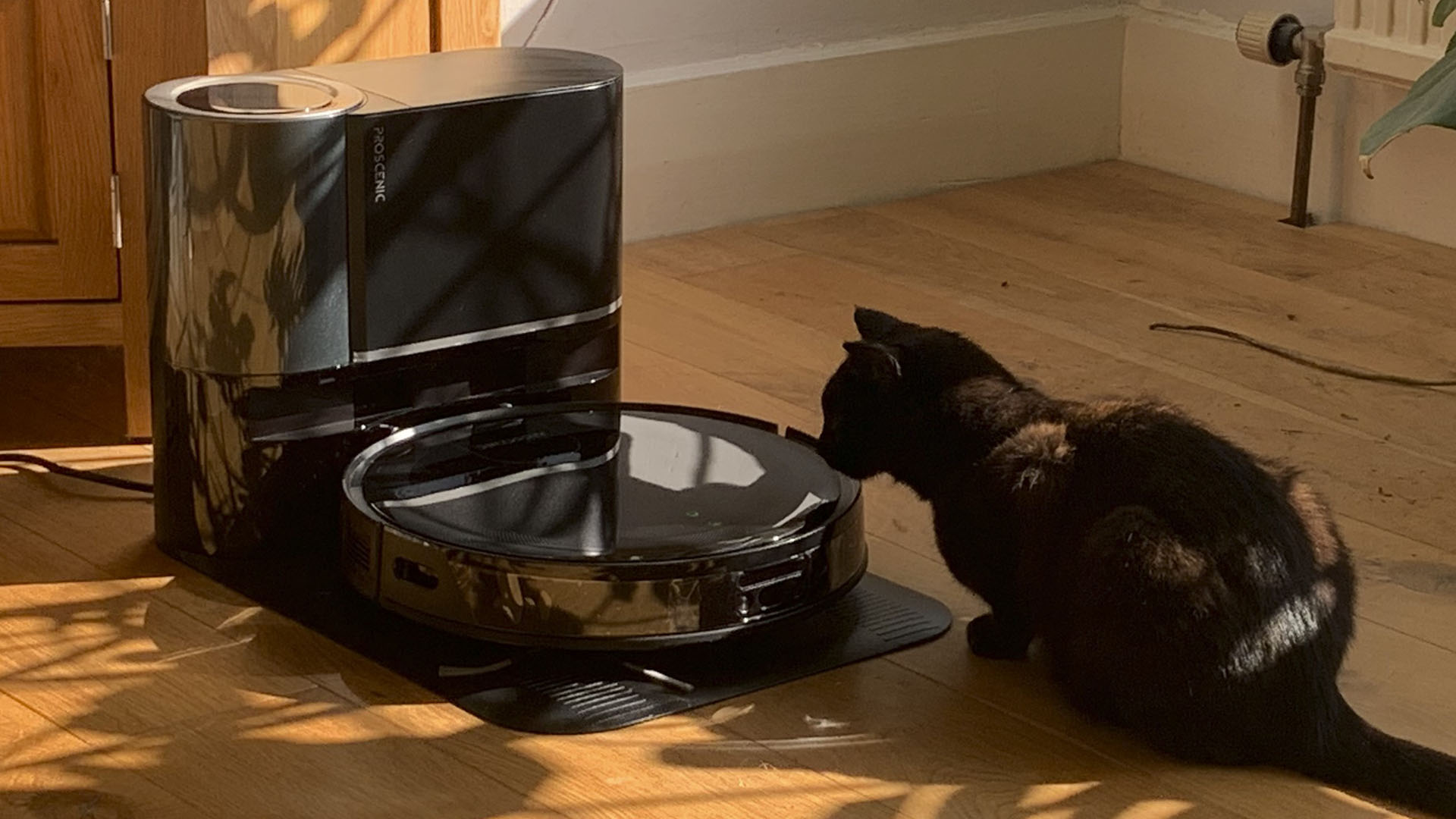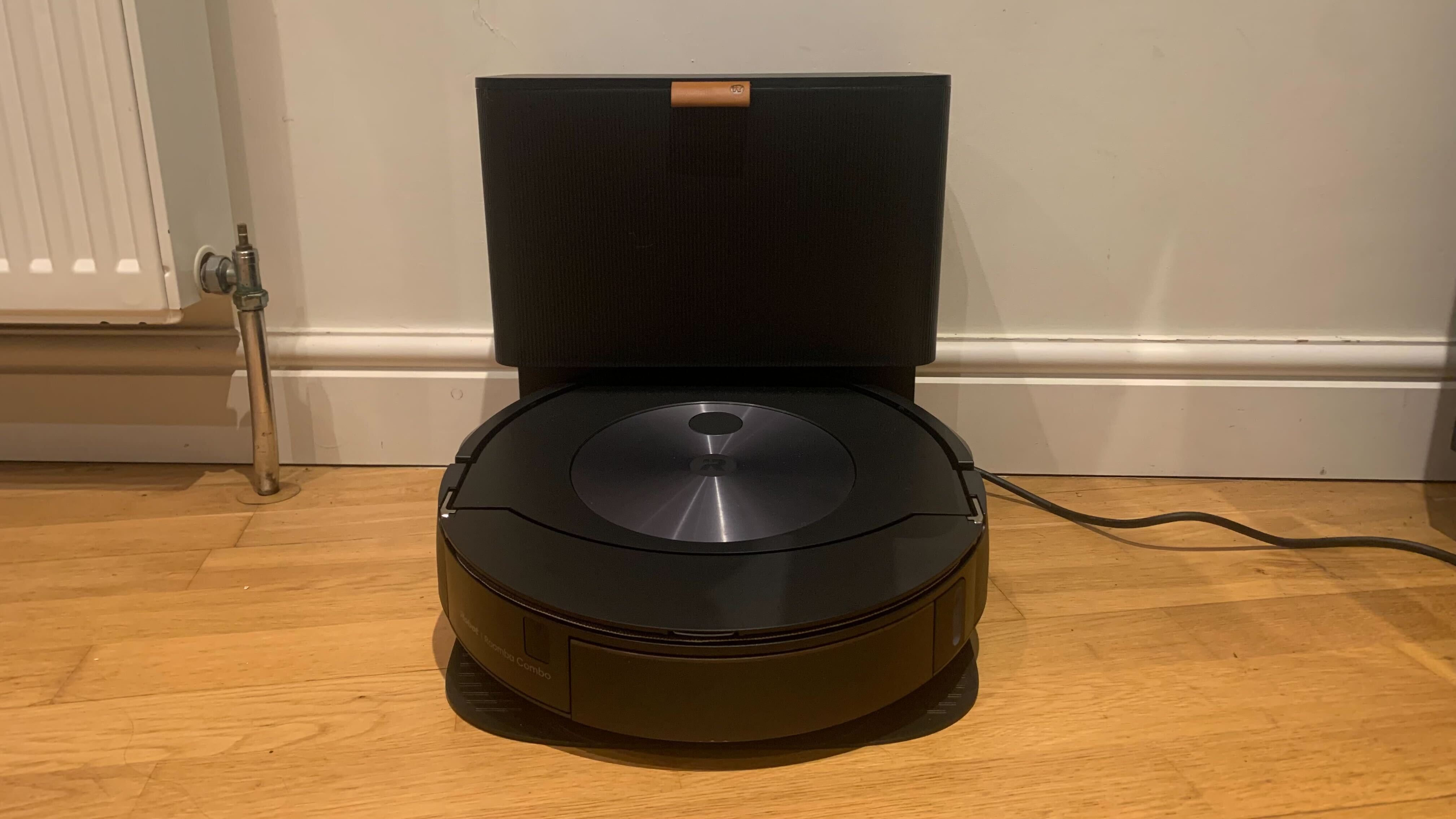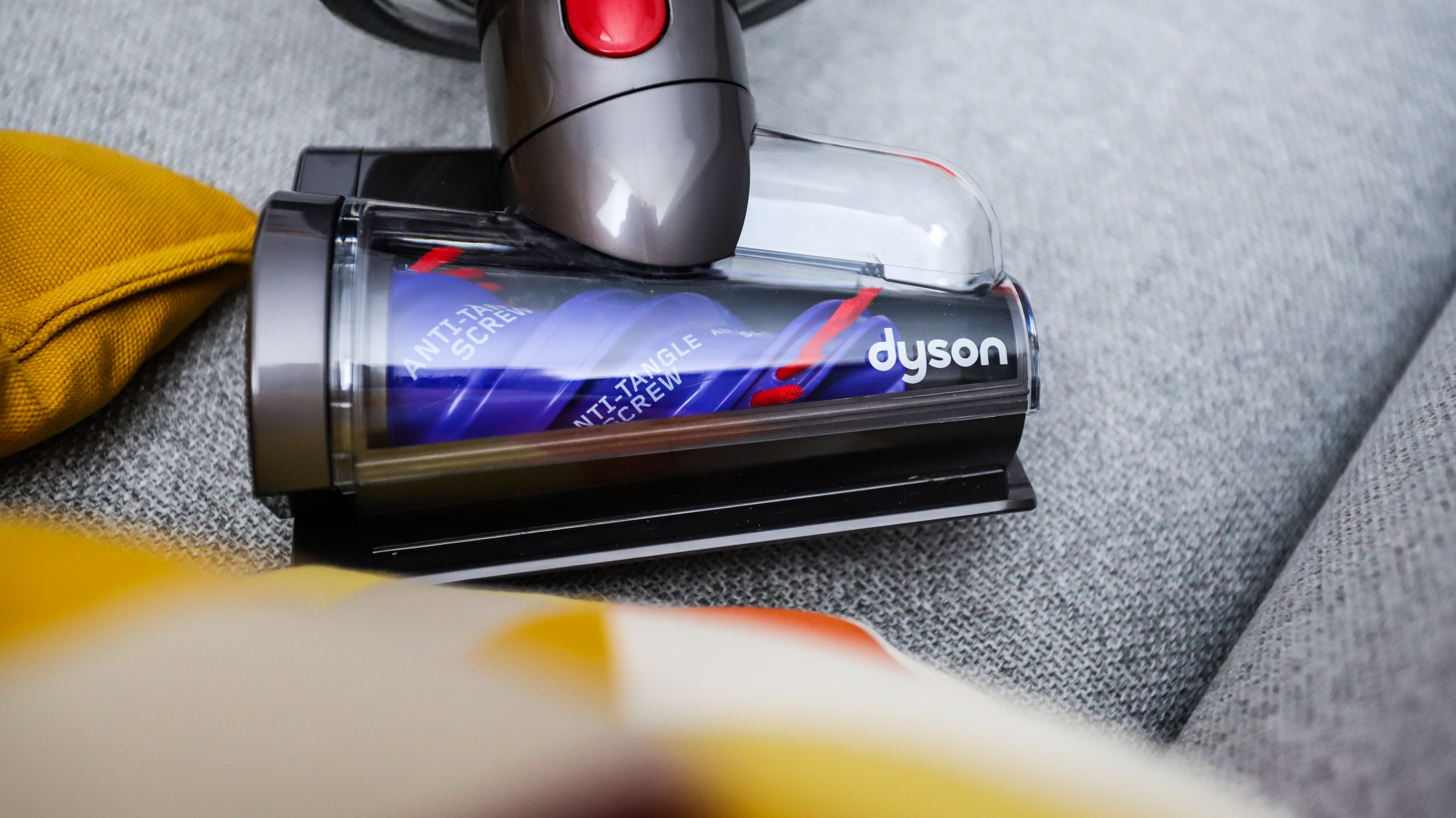
Who doesn't love a robot? And a robot that can do your housework for you... well, that sounds like the best thing ever, right?
These little tech wonders roam around your house, cleaning your floors and saving you heaps of time and effort. The best robot vacuums these days are able to navigate around obstacles and map your home. The best robot vacuums for pet hair, meanwhile, have enough pickup power to deal with even that cumbersome task.
Some also come with apps, and can be scheduled to run while you're out and about, for minimal disruption. And all this makes robot vacuums a popular choice for everyone from people to mobility issues to those who just hate vacuuming or don't have time to do it.
So what's not to like? Well, actually there are a few things.
Sadly, there's a reason that not everyone wants a robot vacuum cleaner, and sales of traditional vacuum cleaners continue apace. Well, nine reasons to be exact. Read on as we detail the main potential drawbacks of buying a robot vacuum cleaner.
1. They don't actually clean that well
We'll start with the biggest problem: they don't actually clean that well, compared to traditional vacuum cleaners. One of today's best vacuum cleaners, or even one of the best cordless vacuums, will almost always boast more pickup power. Robot vacuums are designed primarily for hard floors and low-pile carpets, and they typically struggle to effectively clean high-pile carpets, rugs, or surfaces with deep crevices or corners. On top of that, their suction power is usually quite limited, which makes them less effective at removing deeply embedded dirt or larger debris.
While they're not a great choice for a deep clean, what they are good at is regular, light cleans. The idea is that by scheduling your robovac to run around your home regularly (more often than you might have time/feel compelled to get a manual vac out), you stay on top of the cleaning and maintain constant low levels of dust.
Get daily insight, inspiration and deals in your inbox
Sign up for breaking news, reviews, opinion, top tech deals, and more.
2. They can get stuck
Today's robot vacuums boast a lot of clever sensors and mapping technologies that enable them to navigate around rooms. But anyone who's ever used one knows that a lot of them aren't actually that clever.
In practice robot vacuums usually run up against obstacles and get stuck. Furniture, wires and cords, and small objects on the floor tend to impede their movements or cause them to become trapped. Some models also have difficulty transitioning between different floor types or navigating over thresholds or raised surfaces.
All this means that, before starting your robot vacuum, you have to spend a lot of time picking up things from the floor. And that's extra work compared to using a traditional model, which is more able to just vacuum around stuff.
Just how much trouble your robot vac has navigating your home will depend partly on how much you're willing to spend. For example, in our Proscenic Floobot X1 review, we found this budget-friendly robot vac wasn't so smart at mapping (although it did impress in other areas).

3. Their battery life is limited
Robot vacuum cleaners are powered by rechargeable batteries, which typically provide between 60 and 120 minutes of runtime before needing to be recharged. It's great they can work without cords, but it does mean you may need to recharge your vacuum many times to complete your cleaning, especially if you live in a large house. Also, as with any battery-powered device, the battery's capacity can degrade over time, reducing the overall runtime.
4. They need to be maintained
While robot vacuums are designed to be low-maintenance, they do still require regular care and attention. You'll need to empty the dust bin frequently, clean and replace filters, and ensure that the brushes and sensors are free of debris or hair tangles. One day maybe the robot will be able to do all that themselves, but unfortunately we're a long way off from that right now. And so neglecting maintenance can result in reduced cleaning performance, or even damage to the vacuum.
This issue isn't exclusive to robotic vacuums, of course, and pricier models include self-emptying dust canisters and effective mop pad washing (read our iRobot Roomba Combo J7 Plus review for an example) to minimize the amount of effort you'll need to put in.
Although as with anything, the more tech is included, the more potential there is for something to go wrong (as TechRadar's Mobiles Editor discovered when their their Roomba started haunting them).

5. The sound can be irritating
Some robot vacuum models can be quite noisy during operation, which may be disruptive in living spaces or when you're trying to work or relax. This isn't a disadvantage of every robot vacuum: noise levels can vary depending on the brand, model, and surface being cleaned. But even when they're relatively quiet, some people may find the constant whirring or beeping sounds irritating. Luckily, most can be scheduled to run when you're out of the house, for minimal disruption.
6. They can damage your stuff
As we mentioned before, robot vacuums are designed to navigate around obstacles. But it's not like they're particularly intelligent: and so there is always a risk of collisions or other accidents that could cause damage to furniture, walls, or the vacuum itself. They may also inadvertently pick up or knock over small items in their path, such as pet toys or decorative objects.
7. They only do certain things
While robot vacuums excel at basic floor cleaning, they lack the versatility of traditional vacuums. Put simply, we're not aware of any robot vacuum that can currently cleaning stairs, upholstery, or indeed any other surfaces beyond a large expanse of hard floor or low-pile carpets. So you'll invariably still need to maintain a separate vacuum for these tasks, which means that robot vacuum cleaners can be seen as a luxury expense, rather than a regular household expense.

8. They can cost a fair bit
Robot vacuum cleaners typically are not cheap, with higher-end models often costing several hundred dollars or more. So while they do offer convenience and time savings, you'll have to weigh up whether the extra cost is worth it to you. That said, they do often attract big discounts around shopping events like Black Friday, so if you buy at the right time you might be able to avoid paying list price.
9. There are privacy concerns
Some advanced robot vacuums use cameras, sensors, and mapping technologies to navigate and map out living spaces. That makes them much better at what they do, which lessens the impact of some of the typical drawbacks on this list. But it does raise questions about privacy (albeit no more than a smart speaker that's constantly listening to you and sharing your every word with a company like Amazon).
Should I buy a robot vacuum cleaner?
So what's our overall conclusion: should you buy a robot vacuum cleaner? Well, overall if you love the idea of a machine doing your work for you, we'd say yes. But we'd add: don't expect it to do all your work for you. You'll almost certainly need a regular vacuum cleaner as well. And you may find that if there are a lot of obstacles in your home, or you have deep carpets, a robot vacuum may not be very helpful at all.
One thing's for sure, though: they are very cool. And so if you're basically a big kid and want a cool toy that other people will admire and be jealous of, who's to say a robot vacuum cleaner is not a good investment?
Tom May is a freelance writer and editor specialising in tech, design and sleep products. Over the years he's tested a number of mattresses, duvets and pillows, and as a back pain sufferer, has a keen interest in finding ones that offer maximum support. Plus, in running a successful Airbnb business, sleep hygiene and providing the right bedding for guests has become a big part of his day-to-day life. He is author of Great TED Talks: Creativity, published by Pavilion Books.
